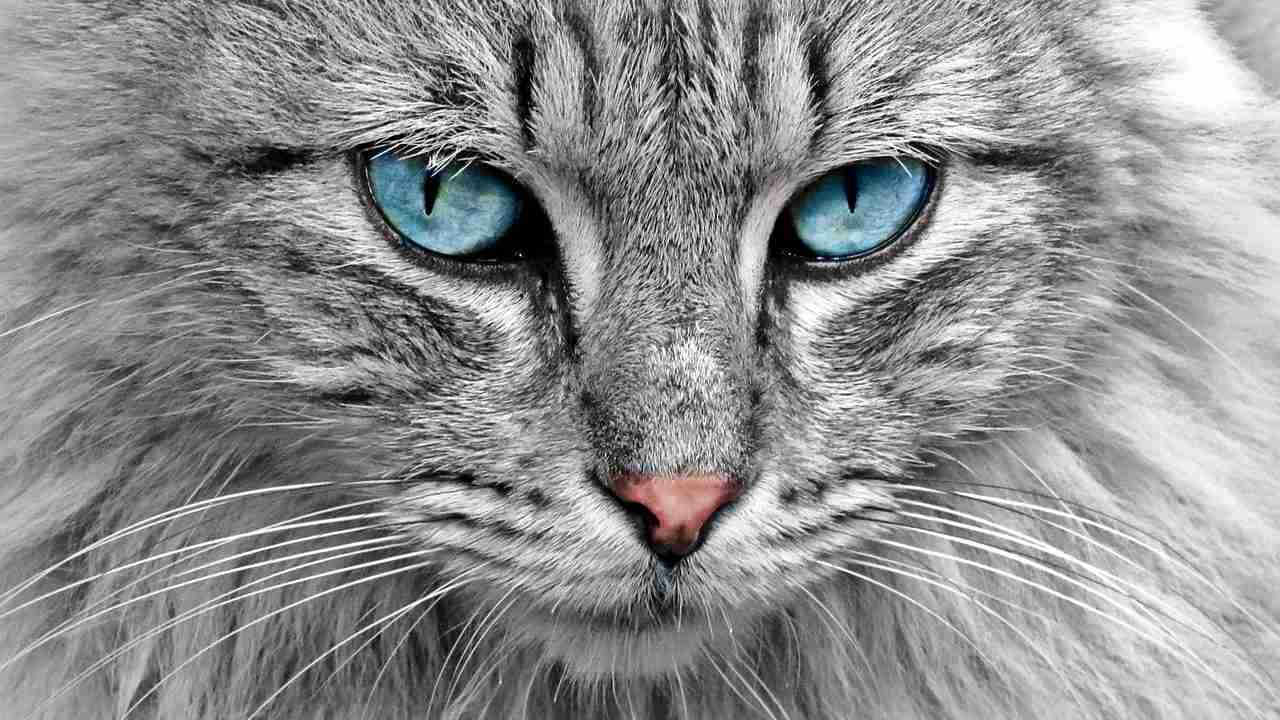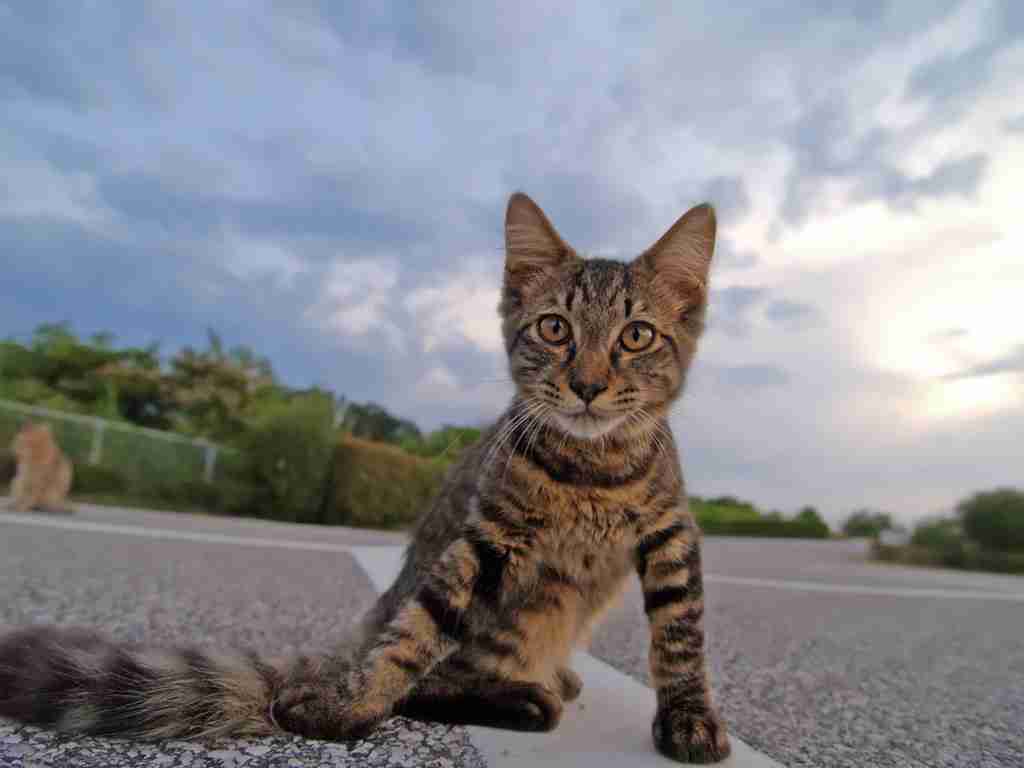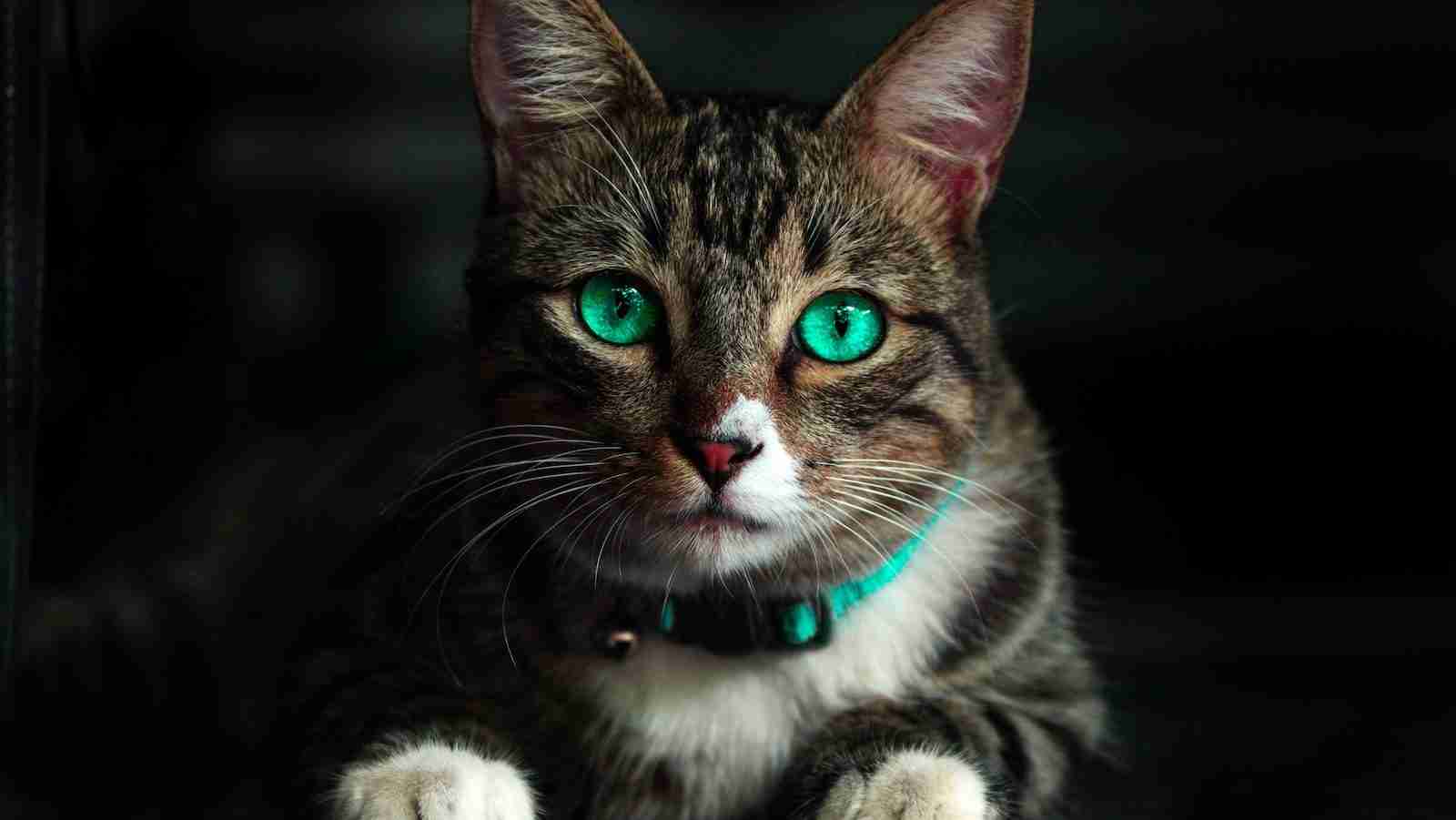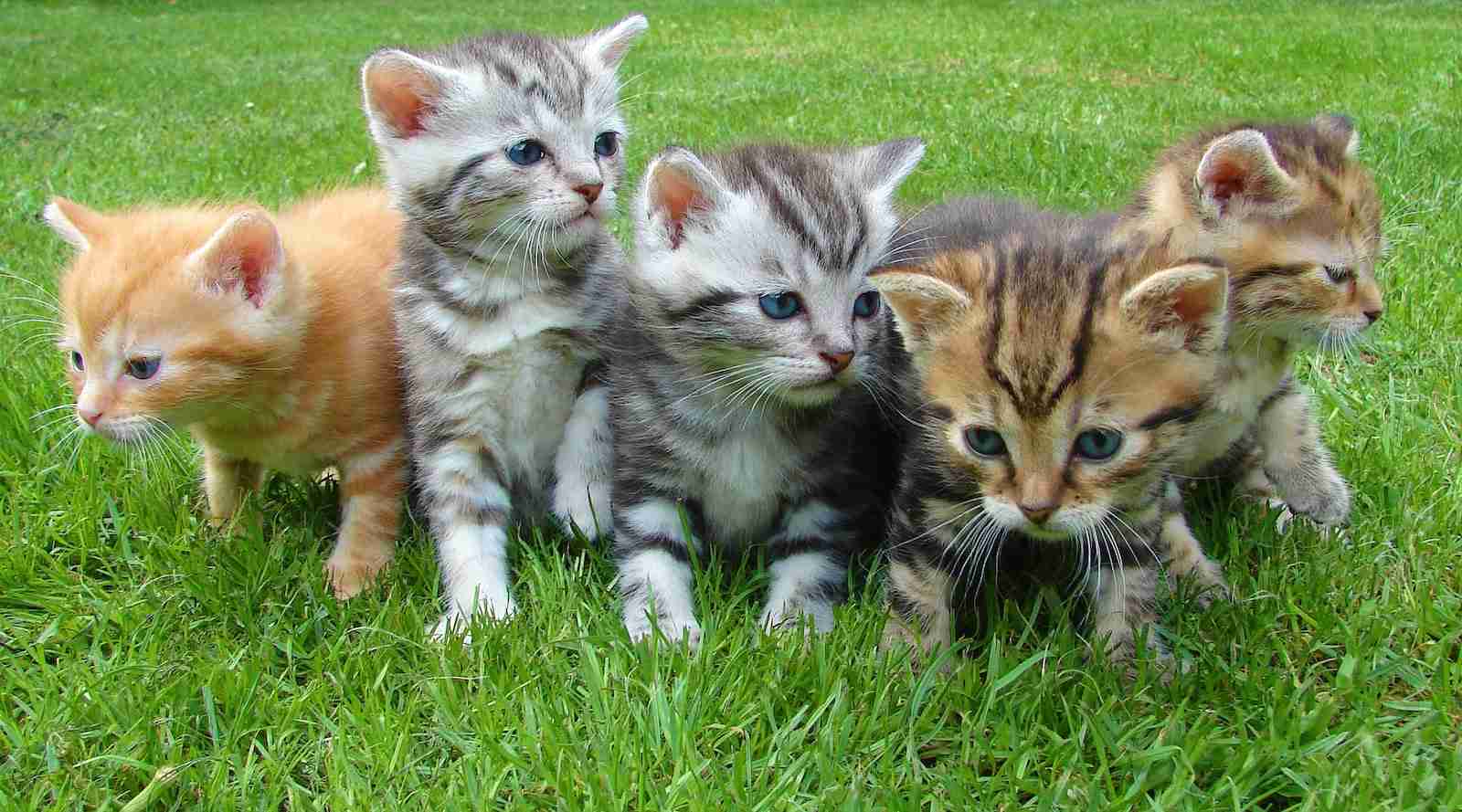25 Fun Facts About Cats You Didn’t Know
1. Cats are the most popular pets in America.
In America, cats have been lorded over all other companion animals as the most beloved pet felines. Their prominence is due, for the most part, to their independence and endearing appearances.
In the realm of Felis, cats seem to reign supreme, securing millions of fans from sea to shining sea. Americans enjoy how cats can become dependable companions, which many feel care for and encourage deeper connections with their pets, thus finding pleasurable comfort in ownership.
2. There are more than 86 million cats in the United States.
The United States is one of the most cat-friendly countries in the world. Statistics show more than 86 million cats reside in the United States.
That equates to nearly 27 cats per 100 households. These numbers are growing daily as more and more feline companions find forever homes. It is no surprise that cats have become such a part of American culture today, embedded in books, films, literature, and holidays—they’ve even made it onto postage stamps.
3. Cats can see up to six times better than humans in low-light conditions.
Cats possess a sight that transcends the highest definition of supervision. They can see far better than humans in dark or dimly lit situations, with estimates suggesting they may have the potential to spot objects six times the size we can detect.
This means they can discern shapes while safely roaming through shadowy places, making even the tiniest of scurrying rodents visible. For cats, navigating at night becomes as natural as it is during the day when the environment is delicately illuminated by ambient light.
4. Cats have more than 100 vocal sounds, while dogs only have about 10.

of the animal kingdom.
Cats possess an impressive range of vocalizations, with over 100 different sounds in their repertoire. Amazingly, dogs are far more limited, using only 10 unique vocalizations to communicate with us and other species.
Nevertheless, devoted pet owners may begin to identify individual barks and meows among their furry friends. Though cats and dogs express themselves differently, the bond between them and their owners remains strong due to their perceptive nature.
5. A group of cats is called a clowder.
Have you ever wondered how cats form groups?? Groups of domestic cats are officially referred to as clowders, although cat enthusiasts often refer to them more informally as clutter or glaring.
Traditionalists may recall the artistic plural, classes, in keeping with the Latin name for cats, Felis catus. No matter what you call it, a clowder, clutter, or glare proves that carnivorous cuteness loves company.
6. The average lifespan of an indoor cat is 12–18 years.
An indoor cat’s average lifespan can be between 12 and 18 years. With proper care and nutrition, some cats have even been known to live up to 20 or more years. That is over twice as long.
This is wonderful news for those of us who have gentle, purring pets at home. Proper nutrition plans and regular checkups help ensure your cat stays healthy and active throughout their later years.
7. The wealthiest cat, Blackie, inherited £7 million.
Blackie became the richest cat in the world after inheriting £7 million, which is about $12.5 million, from a millionaire who dealt in antiques and passed away in 1988. If we adjust this amount for today’s value, it would be close to £18.5 million or $32 million.
This huge sum of money put Blackie at the top of the list as the wealthiest cat globally, a title that Blackie holds to this day.
8. In ancient Egypt, killing a cat was punishable by death.

missing receptor gene in their taste buds.
In ancient Egypt, cats were subject to a special kind of veneration. Killing a cat was considered an abominable act that deserved the harshest punishment—death. It was punishable in a court of law just like any other crime.
This is indicative of how highly these animals were revered by the Egyptian people. In contrast with contemporary views, death may have seemed an appropriate consequence for such an offense. This unique attitude shows cats held a special place in life in ancient cultures like ancient Egypt.
9. Cats may purr for reassurance and comfort when they feel threatened or scared.
Cats use purring to help maintain their cool when feeling threatened or scared. It’s an instinctive behavior designed to impart both reassurance and comfort.
Purring is more frequent in cats when a trusted companion is nearby, suggesting felines use it as a pleasurable mechanism for forming bonds with humans or other cats. Research even suggests their powerful purrs can actually hasten the healing of wounds and other illnesses.
10. Cats don’t taste sweet things.
Cats miss out on experiencing the sweet taste of life due to a single gene: the receptor gene. This gene allows many animals, including humans, to detect sweet-tasting food and drink.
Unfortunately, this gene is largely absent in felines. Cats are believed to be the only mammals who don’t taste sweetness.
11. Cats use their whiskers to measure the width of openings or pathways—a process called tactile sensing.
Cats use their whiskers to interpret their surroundings in a process called tactile sensing. With one small touch, their whiskers provide the feline with the necessary tools to take in new information and understand its environment.
Whether it’s checking for obstacles, defining narrow passages between objects, or feeling potential prey, cats rely on this form of communication so heavily that it has been dubbed tactile sensing.
12. Cats have an amazing sense of balance, which helps them land on their feet even when they fall from great heights.
If they fall from a great height, they can tuck and somersault their way through the air and miraculously land on their feet.
It is phenomenal that cats possess this impressive involuntary reflex, which requires amazing coordination and an unmatched level of stability within their core muscles.
13. Like humans, cats are either left-pawed or right-pawed.

and healthy life.
Cats, like humans, can walk with either their left or right foot. Just like we may favor one hand to write with, cats may prefer one hand when performing certain activities.
When a cat is offered an object or surface to interact with, chances are it will naturally reach for it with the paw closest to its preferred side. But it doesn’t stop there; studies have also seen some felines displaying handed dominance when grooming.
14. Cats have over 20 muscles in each ear to help them pinpoint sound sources.
Their incredible auditory capabilities are aided by the impressive array of over 20 muscles in each ear. These specialized muscles enable cats to pinpoint the location of sound sources quickly and accurately.
Truly, it’s a case of nature being nothing short of impeccable in creating feline anatomy.
15. The longest recorded lifespan for a cat is 34 years and 4 months old.
The magnificent felines of the world can do amazing things. In 2016, a cat named Crème Puff made headlines with an incredible record for its extreme age.
At an astonishing 34 years and 4 months old, Crème Puff shattered the previous lifespan records for cats all across the globe. It became an instant celebrity among felines and inspired numerous articles seeking to uncover the key to the cat’s longevity.
16. Cats mainly cool down by panting and licking themselves, although they also sweat through their paws.
It all starts with their paws. Although cats possess sweat glands in their feet, they rely on their tongue to cool down. When temperatures rise, panting allows warm air to escape the body and helps draw more cool air in.
For an extra chill, cats will often take things one step further and engage in heavy bouts of licking—something that would make most humans deeply uncomfortable.
17. A female cat can start having kittens at 4 months old.
Female cats enter their reproductive phase shockingly early, often producing kittens as early as 4 months old. Meanwhile, male cats mature much later, beginning to mate at 6 months.
While both cats may seem unnaturally young compared to humans, these ages appropriately indicate the optimal time for species sustenance and conservation. In layman’s terms, female cats sexually mature long before males—a phenomenon reflective of many species on our planet.
18. Cats usually sleep around 15 hours per day.
Cats love to sleep a lot, often resting for about 15 hours every day. This long sleep time helps them save energy for hunting, playing, and exploring. Even though they seem to be sleeping, they stay alert to sounds and movements around them.
This habit comes from their wild ancestors, who needed to be ready to catch prey at any moment. So, when your cat is napping, it’s just following its natural instincts.
19. It’s estimated that cats have about 276 different facial expressions.
Researchers have studied both domestic and wild cats to try and determine how they communicate with each other beyond meowing.
As it turns out, cats can convey a wide range of emotions using subtle motions like narrowing their eyes or repositioning their ears. Scientists believe that much of a cat’s physical language is used for communication between members of different feline species, allowing them to create kinship without the need for words.
20. Cats can hear frequencies two octaves higher than humans and dogs.
This remarkable advantage gives cats a sense of acute awareness rarely matched by any other species. While we mere humans have sensory limits, cats are unbound in the realm of sound.
As a result, their sensitive ears help them stay on high alert if ever faced with danger. It is an evolutionary trait that has allowed cats to remain advantageous predators for countless centuries.
21. Cats also have whiskers on the back of their front legs.

Cats have special hairs called whiskers, not just on their faces but also on the backs of their front legs. These whiskers are very sensitive and help cats understand their surroundings better.
When a cat moves or jumps, the whiskers on their legs touch the ground and other surfaces. This helps them figure out if they can fit into tight spaces or if something is close to them. It’s like having an extra set of eyes on their legs, helping them move safely and confidently.
22. Persian cats were once considered sacred animals by the ancient Persians.
In their culture, they were much more than mere pets—they were sacred animals. Furthermore, they were treated with the utmost respect and gratitude.
The Persians attributed a spiritual quality to these cats that no other breed of cat possessed. Their exquisite beauty fascinates us to this day, and it’s not hard to understand why the ancients regarded them so highly—they look like tiny clouds of sunshine.
23. Cat noses come in all shapes, sizes, and colors—no two cats have identical nose prints.
Every cat has a uniquely distinct nose. No two cats have identical nose prints, with shape, style, and color variations. There are both round and triangle noses, while some can be black, brown, or pink.
Fascinatingly, cats might even have nostrils of different shapes on each side of their nose. From smushed buttons to long oval muzzles, each cat has a distinct nose shape, making them unique.
24. Unlike humans or dogs, cats don’t have an anal sac to secrete pheromones.
Cats differ from both humans and dogs in one surprising way: they lack an anal sac, which is used for pheromone secretion. Cats cannot produce these unique and essential hormones, unlike anatomically similar creatures.
Without this interaction mechanism, cats must rely purely on external visual cues to communicate their feelings to those around them. This lack of secreted pheromones disadvantages cats compared to other species that use this method regularly.
25. Biologically, a cat’s brain is somewhat similar to the human brain.

It’s interesting to note that there are striking similarities between the human and feline brain structures. Both have a combination of white and gray matter, which is essential for information processing and storage.
Similar to humans, cats have different parts of their brains, including the frontal, parietal, occipital, and temporal lobes in the cerebral cortex. Similar to humans, these regions are interconnected in cats, enabling a variety of intricate behaviors and emotional reactions.
FAQs
The belief that cats have nine lives is a popular myth that has been around for centuries. No scientific evidence supports this belief, and cats have only one life like all living creatures. This myth may have originated from the ancient belief that cats were magical creatures with special powers. It may also be related to the fact that cats are known for their agility and ability to survive falls and accidents, which may have led some people to believe that they have multiple lives.
A female cat is called a queen. This term is often used to refer to an unspayed adult female cat that is used for breeding purposes. However, it can also be used to refer to any adult female cat, spayed or unspayed. Some people may also refer to a female cat as a “girl” or a “gal.”
Yes, cats certainly do love their owners! Studies have shown that cats form strong attachments to their owners and become very attached over time. This bond is formed mainly through shared experiences like feeding and playing together. Cats rely on their owners for safety and security, so they often seek out physical contact to show their affection.
It is not uncommon for cats to experience some separation anxiety when their owners leave. Cats are social animals and can become attached to their owners, so they naturally feel some degree of sadness or discomfort when their owner leaves.
There are a few things you can do to help your cat cope with separation anxiety:
Gradually acclimate your cat to being alone
Provide your cat with plenty of mental and physical stimulation
Consider hiring a pet sitter
Don’t make a big deal out of coming and going
Observing its body language is one of the best ways to tell if your cat likes you. If your cat is relaxed around you and engages in activities such as purring, head-butting, and kneading, it is likely they are showing you affection.







